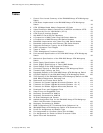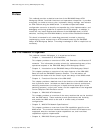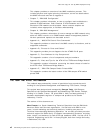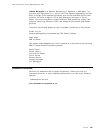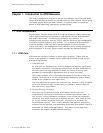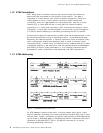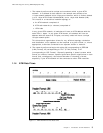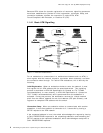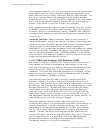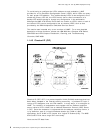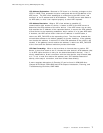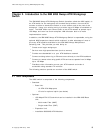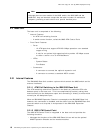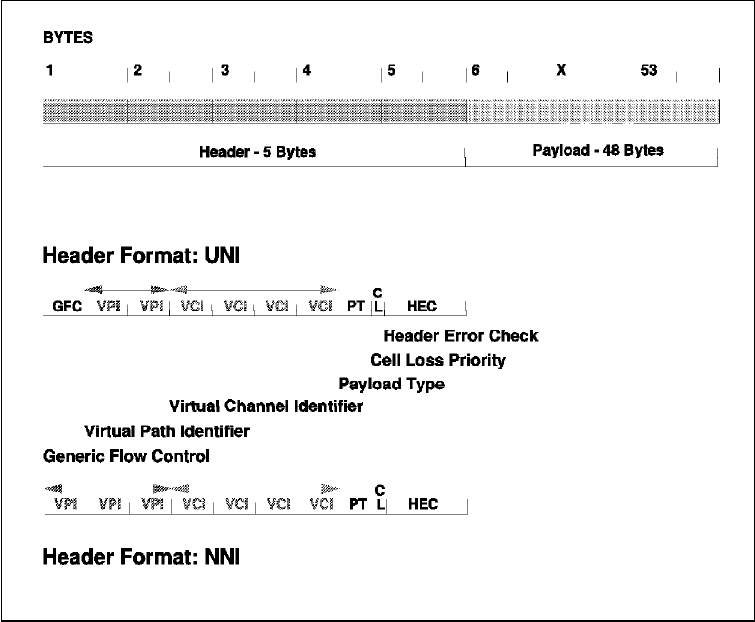
This soft copy for use by IBM employees only.
1. The network prefix must be unique and consistent within a given ATM
network. It is defined at each switch in the network and consists of an
11-byte network address and a 2-byte area identifier, which is further divided
in to a 1-byte
ATM Cluster Number
(ACN), and a 1-byte
Hub Number
(HN).
This results in a hierarchical network topology of:
a. An ATM network comprised of
b. ATM sub-networks (or clusters) comprised of
c. ATM hubs
In any given ATM network, all switches will have an ATM address with the
same first 11 bytes. In any given ATM cluster, all switches will have an
address with the same first 12 bytes, and every switch will have a unique
13-byte network prefix.
This hierarchical organization allows for very efficient topology calculation
and distribution, since updates can be localized to a given cluster, or, where
appropriate, to devices connected to an adjacent cluster or network.
2. The network prefix must begin with either 39 (corresponding to IEEE 802
(LAN) Format), 45 (corresponding to ITU-T (E.164) Format), or 47
(corresponding to OSI Format). Generally speaking, it doesn′t matter which
format you choose, however, specific bytes have specific significance in each
format, and, consequently, care should be taken in choosing a format,
especially if your ATM network will be connected to other ATM networks.
1.1.4 ATM Data Flows
Figure 2. ATM UNI/NNI Format Data Cells
Chapter 1. Introduction to ATM Networks 3



